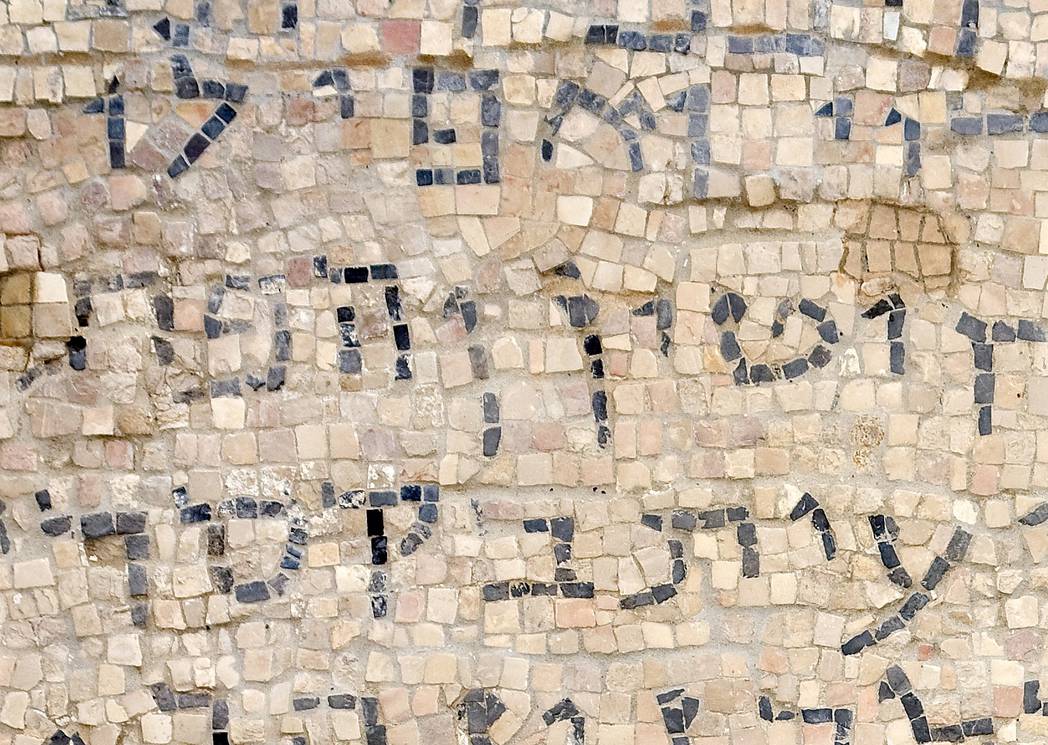On Taanit Esther
Q: What is the origin of Taanit Esther, and why is it the only fast day to be moved to an earlier date in some cases?
A: Let us start with a brief review of fast days in the Hebrew calendar: Tishre 10th, Yom Kippur, is mentioned in the Torah. Tishre 3rd, Teveth 10th, Tammuz 17th (the 3 minor fasts), and Av 9th, all have some biblical source and are related to the destruction of either the First Temple or both temples. Adar 13th, Taanit Esther, is first mentioned in the 8th century, some 1200 years after the events described in the Book of Esther, by Rav Aha Meshabeha, the head of the Pum-Bedita school in Babylonia.
The Mishnah (Rosh HaShana 1:3) says that messengers were sent to notify the diaspora of the new month of Av, so people could celebrate the ninth of Av accurately. The Talmud (18:2) asks why they were not sent for the months of Tammuz and Teveth as well. The answer suggests that in the time of the Mishna the three minor fasts were not celebrated:
At times of peace, those dates are joyous occasions; at times of persecutions, they are fast days; at times when there is neither peace nor persecution, people have the choice whether they wish to fast.
The Talmud adds that this rule does not apply to the ninth of Av because many disasters occurred on that date during the destruction of both temples.
Had we followed the statement of the Talmud, we would have to celebrate today only Kippur and the Ninth of Av, since for the last seventy years, though peace is still a distant dream, we do not live at times of persecution. The problem is that it is hard to change old practices, even when the instructions for change are in plain view. Those instructions were always ignored by claiming that the Jews are still persecuted. It is true that there are anti-Semitic incidents, terror attacks, and animosity towards Israel, but they do not qualify as שמד – persecution, according to the Talmudic definition.
The Fast of Esther is first mentioned in the Sheiltoth of Rav Aha (VaYaqhel, 67). Rav Aha comments on the statement in the Talmud that all Jews gathered on the 13th of Adar, and says that gathering means fasting. The gathering the Talmud refers to is the one mentioned in the Megillah as the day the Jews waged war against their enemies. The conversion of the 13th of Adar, from a day of military campaign to a day of fasting and praying, is an inevitable result of
Jews living under foreign rule and trying to avoid suspicions that they celebrate military victories or that they entertain hopes of independence.
In the same section, Rav Aha explains that the fast day moves to the previous Thursday if it falls on Shabbat, because one is not allowed to fast on Shabbat, and not even on Friday because of Shabbat preparations. Other fast days, he says, will be postponed to Sunday because they commemorate disasters, but the Fast of Esther commemorates a miracle and therefore could be moved to an earlier date.
In the 12th century, Rabbenu Tam (quoted by R Nissim on Megila 2:1) comments that there is no mention in the Talmud of the Fast of Esther, and that it is probably a way to commemorate the battle against the enemy of the Jews.
Finally, an essential problem with the rationale of the Fast of Esther is that the bible clearly states that fasting on a day of battle is wrong (I Sam. 14:24-30). When King Saul fought the Philistines, he forbade his soldiers from eating all day. His son Jonathan, who did not hear the admonition,
ate wild honey he found in the forest. When told by his soldiers of his father’s decree, he answered:
My father caused us great damage. See how much better I feel now that I ate the honey. If all our soldiers would have eaten today, our victory would have been much greater.




